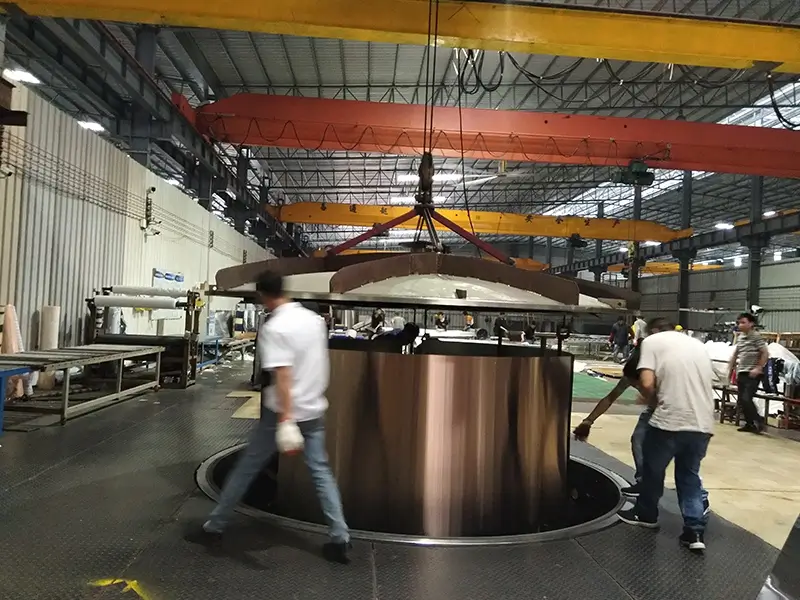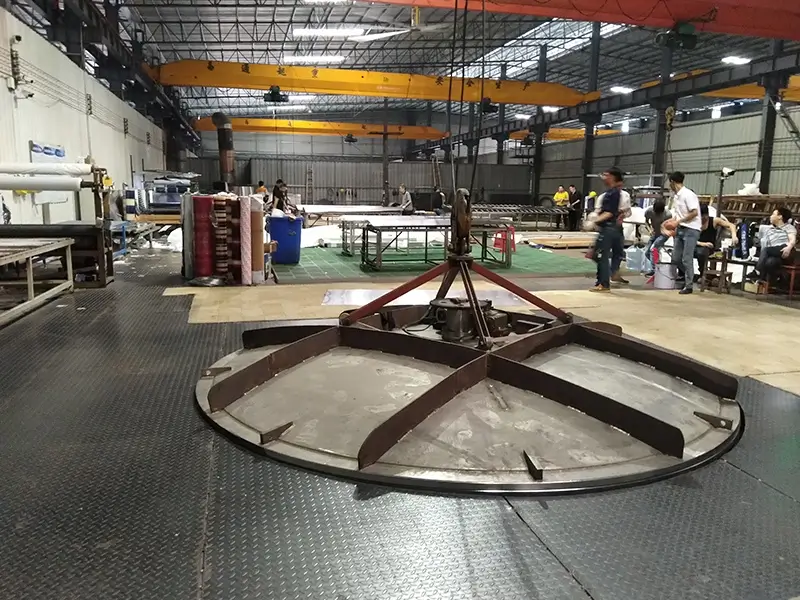About HOTIGOLD
12 years of professional stainless steel plate manufacturing experience. One of The Top 3 Leaders and Biggest Manufacturer of Decorative Stainless Steel Sheets in China.Learn More
Contact info
- james@hotigold.com
- D2, Building D, Yeji Industrial Park, No. 3, Xinglong 11th Road, Chencun Town, Shunde District, Foshan City, Guangdong Province
- Whatsapp +86 18038851688




